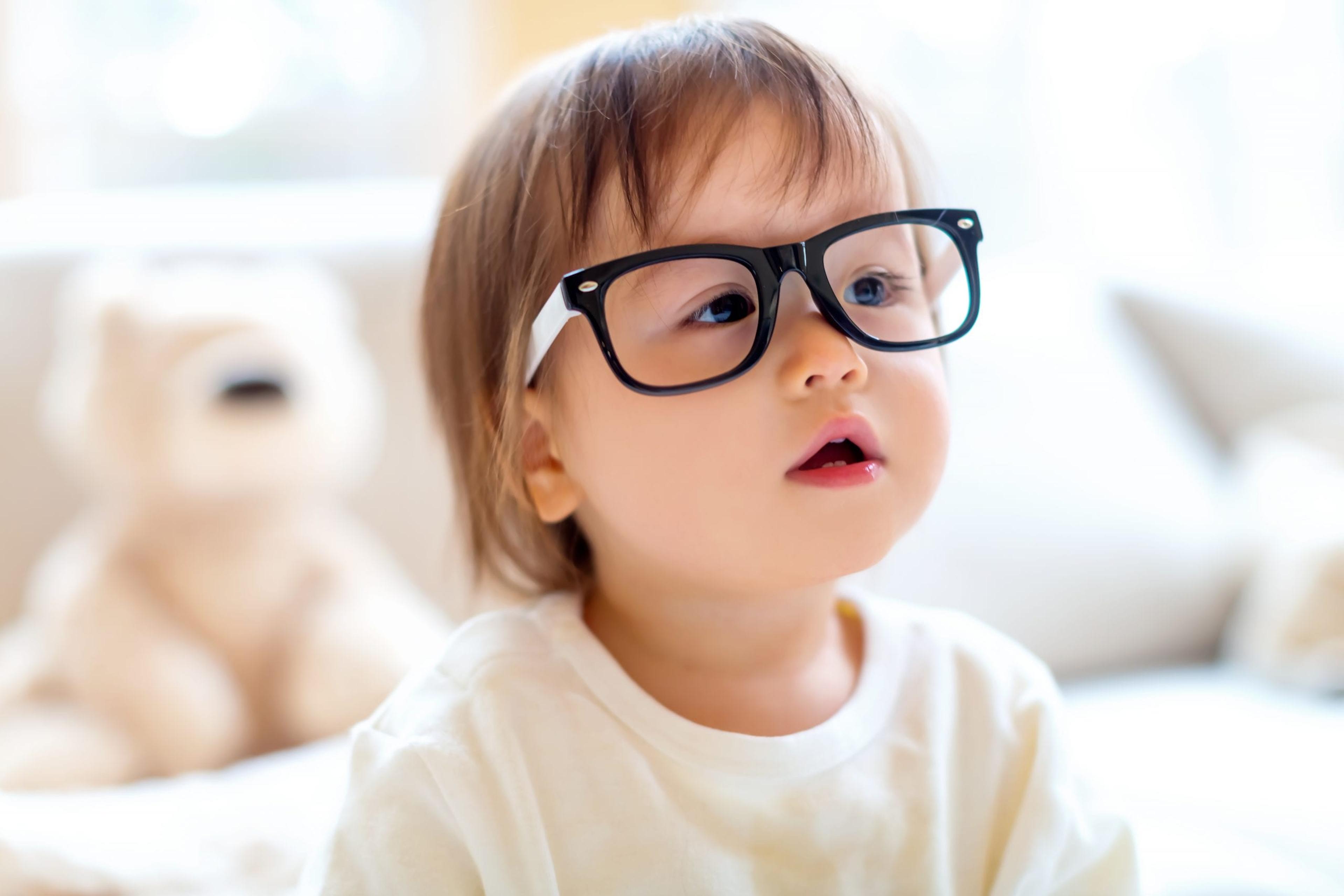How Vision is Tested in Young Children

Blue Daily
| 3 min read

As you can imagine, taking your child to visit a pediatric ophthalmologist is a much different experience than a visit with your own eye doctor.
Here’s an explainer on what to expect if you have a visit with your little one.
Eye exams for children
No ABCs, yet? No problem. Pediatric eye doctors use a variety of methods to test young children's eyes. They can use light to test a baby’s pupil responses, according to the Cleveland Clinic. The way the pupils react to light could uncover nervous system issues. Doctors will also likely check to see how well your child’s eyes are able to follow a moving object.
For very young children, eye doctors use cards with stripes on them to administer a preferential looking test, which measures visual acuity, or how well they can see, according to the American Academy of Ophthalmology. The cards have a striped side and a side that’s gray. Babies and toddlers too young to identify pictures or letters will tend to look at the striped side. The smaller the stripes they can see, the better their visual acuity.
Once they are a bit older and can identify shapes verbally, most children should be able to “read” the pictures on an eye chart designed just for kids. Instead of letters, an eye doctor might have a chart that displays objects like houses, trees, flowers and other familiar shapes.
Your child will likely be asked to cover one eye while they focus on something across the room and then close up. This helps the doctor check the alignment of your toddler’s eyes, or how well they work together.
Additionally, part of the eye exam is spent examining the overall health of the child’s eyes. The doctor will visually examine the eyes and may use drops to dilate the pupils. This allows the back of the eye to be examined using lights and lenses.
If your child’s eye doctor determines they need glasses, they might use an autorefractor, a machine that can help identify the correct prescription.
Many pediatric ophthalmologists use tools and toys to keep kids engaged and entertained throughout the exam. They may encourage parents to hold children in their laps for the exams so the child feels comfortable and supported.
When should kids visit the eye doctor?
The American Optometric Association recommends all children have professional eye exams at regular intervals: from age 6 to 12 months, at least once from age 3 to 5 years of age and once before they start first grade. Then, children should have annual eye exams. The organization warns vision screenings can miss certain vision problems and urges parents to schedule a comprehensive eye and vision exam.
Before the eye exam appointment, talk to your child about what will happen and assure them you will be right by their side.
Photo credit: Getty Images
Related:





